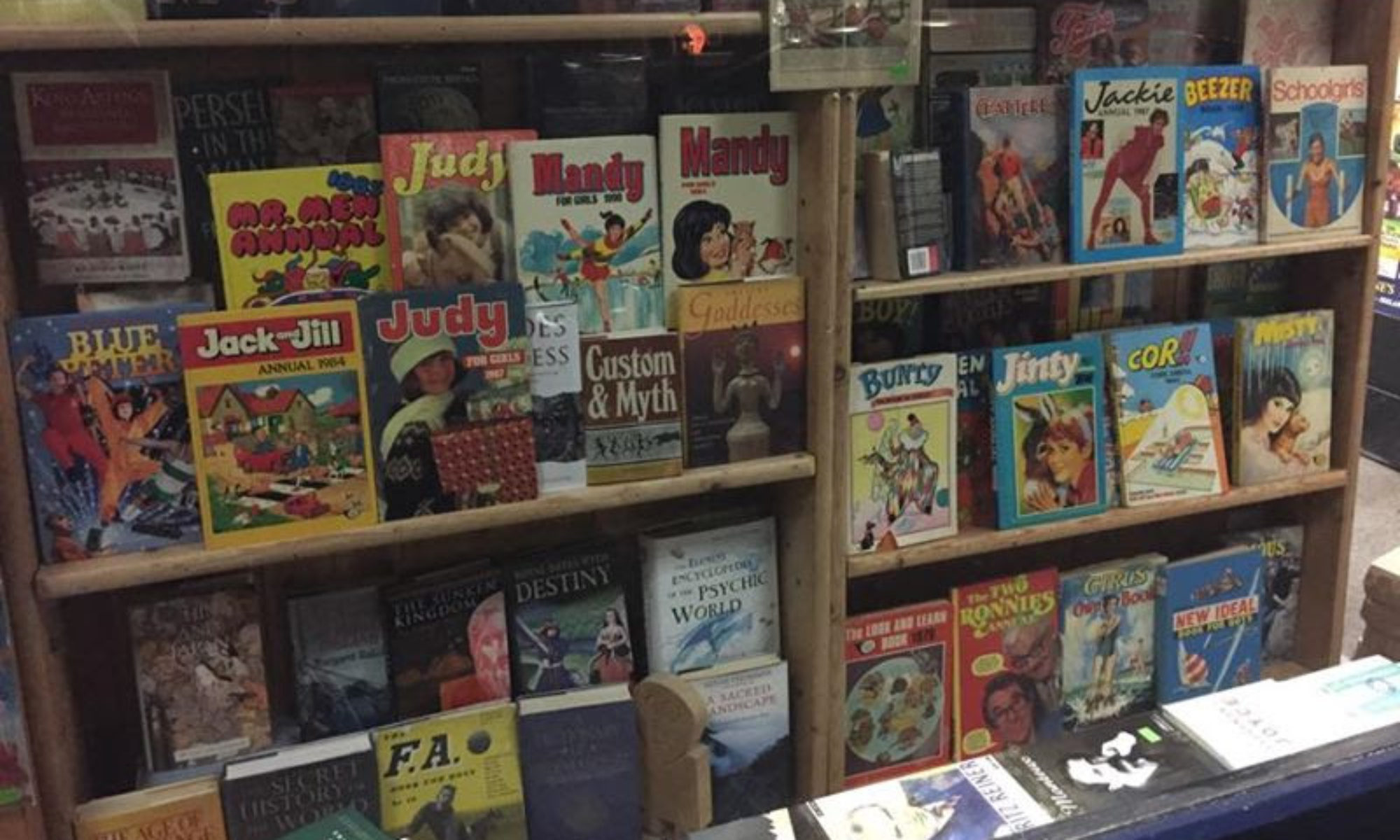They float down out of the screen. Huge heads, enormous eyes.
Piplings live in Nara. They do yogo (yoga). Cheebies (children) come to visit them. They interact in a strange manner. Then they all do the same yoga moves together.
Most programmes for preschoolers try to teach something- tolerance of physical difference, say. Or how to eat healthily. Waybaloo structurally fits into that mould. But what does it try to teach? The children and the Piplings usually overcome some minor-key difficulty by cooperating. Or they might exhort a Pipling to achieve some form of personal growth- to face a fear or to solve a mechanical problem.
What is the lesson? What do the Piplings teach?
That’s what makes Waybaloo so different from all the other programmes whose DNA it appears to share. This is not a programme about learning how to do something or even how to deal with other people.
Waybaloo is a programme which tries to give the children watching a toolkit for reflecting, thinking and being still. This isn’t something which has ever been tried via television before. The medium is resistant to the concept of stillness. Moving picture boxes tend not to like it if you don’t move. But stillness- the gaps between actions- are the heart of Waybaloo.
The Piplings play hide and seek with the children. But the emphasis is on the hiding, rather than the seeking. We see the four creatures looking for places to wait to be found. They waft here and there, peering into hollow logs or drifting to a halt behind bushes. Then, they wait for the children to find them.
Every child who has ever played hide and seek with recognise the significance of those moments. Waiting to be found, holding quiet and still.
The problem-solving aspect to the stories is also something different. It isn’t so much the actual solutions to problems which are focussed on. (When you are the owner of an ‘Everything Machine’ you tend not to have to work too hard to fix any little glitches you might encounter.) Rather, we see the process of consideration, collaboration and waiting for inspiration, on screen. ‘Thinkabout’ they call it. How to think, rather than what to think about, is Waybaloo’s education priority.
And then, of course, there is the yoga. Called to a clearing by the chimes of a crystal bedecked prayer wheel, the Piplings (and later the children as well) go through a simple routine of yoga poses. But here’s a question for you- when did you ever see yoga on the television before? You haven’t. Even exercise shows prefer the jiggling hyperactivity of aerobics. But here, children (on both sides of the screen) are doing yoga poses and stretches at a dreamy slow pace.
Waybaloo is reaching, stretching upward, to give children a moment of calm and stillness in their day. It also wants to encourage them to accept introspection as a natural and helpful part of a day. It is painful, as an adult, to realise that we have so nearly taken that from them.

